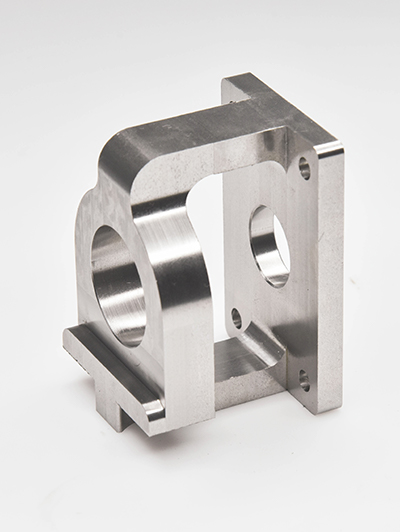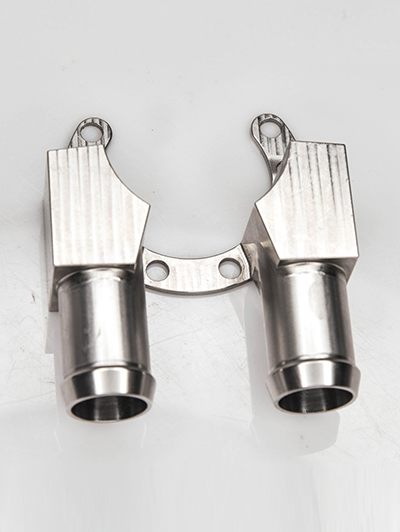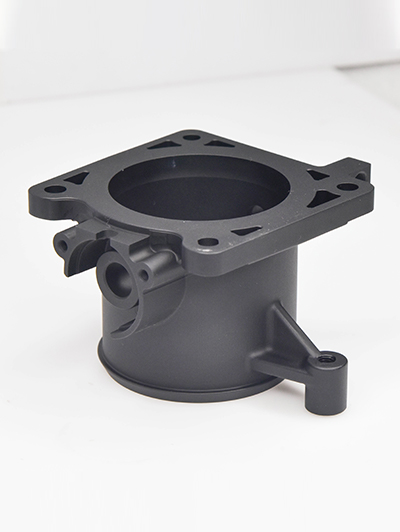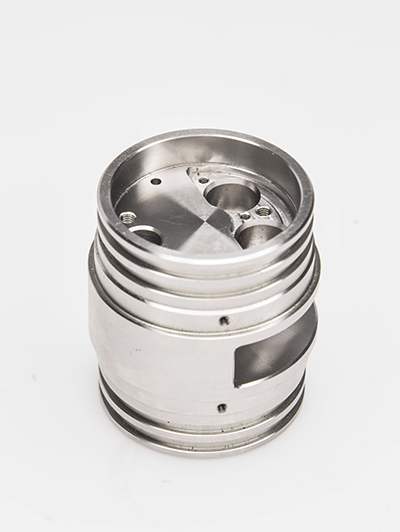Information
How are biocompatible materials (e.g., titanium, PEEK) machined without contamination?
Using tools dedicated to biocompatible materials helps avoid contamination from other materials. For example, when machining titanium, tools made of high - performance carbide or diamond - coated materials are preferred. These tools are less likely to shed particles of other metals that could contaminate the titanium. If the same tools are used for multiple materials, there is a risk of cross - contamination, which can compromise the biocompatibility of the final product.
Regular and thorough cleaning of the dedicated tools is essential. This removes any residual debris or lubricants from previous machining operations, preventing them from being introduced into the next batch of biocompatible material being machined.
Inert coolants, such as certain types of deionized water - based coolants or specialized inert gas - based systems, are used. These coolants do not react with the biocompatible materials and do not introduce foreign substances. For instance, deionized water helps to remove heat generated during machining without leaving behind ions that could contaminate the material. In the case of titanium, some coolants may contain chlorides that can cause corrosion and contaminate the surface, so inert coolants are crucial.
The coolant systems are often equipped with high - efficiency filtration systems. These filters remove any particulate matter that may be generated during machining, such as small metal or polymer chips from the biocompatible material itself, ensuring that the coolant remains clean and does not redeposit contaminants onto the workpiece.
ISO Class 7 and higher cleanrooms have strict limits on the number of airborne particles allowed. This is important because even small particles in the air can land on the biocompatible material during machining and contaminate it. In a cleanroom environment, the air is filtered through high - efficiency particulate air (HEPA) filters, removing dust, bacteria, and other contaminants. This is especially critical for materials like PEEK, which can be easily contaminated by particles in the air, affecting its biocompatibility and mechanical properties.
In cleanrooms, there are strict protocols for personnel entry and movement, as well as for the use of equipment. Operators are required to wear special clothing, such as gowns, gloves, and hairnets, to prevent the shedding of skin cells, hair, and other contaminants. Equipment is also regularly cleaned and sterilized to maintain the cleanliness of the environment.
For metals like titanium, passivation is a process that forms a thin, protective oxide layer on the surface. This layer not only enhances the corrosion resistance of the titanium but also helps to remove any surface contaminants that may have been introduced during machining. By creating a more stable and clean surface, passivation ensures that the titanium remains biocompatible and can be easily sterilized.
For both metals and polymers like PEEK, electropolishing can be used. It involves using an electrochemical process to remove a thin layer of material from the surface. This not only smoothens the surface but also removes any microscopic contaminants, scratches, or burrs that could harbor bacteria or affect the biocompatibility of the material. After electropolishing, the component has a cleaner and more biocompatible surface, making it suitable for medical applications.
Enhancing Efficiency in Aerospace Technologies
1. Implementing advanced automation and robotics: By utilizing automated systems and robotics in aerospace technologies, tasks can be performed more quickly and accurately, leading to increased efficiency. This includes automated systems for manufacturing, inspection, maintenance, and handling of materials.2. Adopting digital twin technology: Digital twin technology allows for real-time monitoring and simul...
Cutting-edge Machining of Unique Materials
Advancements in technology have allowed for the cutting-edge machining of unique materials that were previously difficult to work with. This has opened up new possibilities for manufacturing industries, allowing for the production of components and products that were once thought to be impossible.One such material that has benefited from cutting-edge machining techniques is carbon fiber. Carbon fiber is a l...
Enhancing Efficiency in Aerospace Technologies
1. Implementing advanced automation and robotics: By utilizing automated systems and robotics in aerospace technologies, tasks can be performed more quickly and accurately, leading to increased efficiency. This includes automated systems for manufacturing, inspection, maintenance, and handling of materials.2. Adopting digital twin technology: Digital twin technology allows for real-time monitoring and simul...
Cutting-edge Machining of Unique Materials
Advancements in technology have allowed for the cutting-edge machining of unique materials that were previously difficult to work with. This has opened up new possibilities for manufacturing industries, allowing for the production of components and products that were once thought to be impossible.One such material that has benefited from cutting-edge machining techniques is carbon fiber. Carbon fiber is a l...
Shape accuracy detection
In addition to dimensional accuracy, the shape accuracy of the parts cannot be ignored. Detect shape errors such as roundness, cylindricity, and flatness of parts using equipment such as roundness meters and contour meters. For example, when processing high-precision bearing rings, the accuracy of roundness and cylindricity directly affects the rotational accuracy and service life of the bearing.
Dimensional accuracy testing
Using advanced measuring tools and techniques, such as coordinate measuring instruments, optical imagers, etc., to accurately measure the dimensions of parts. For precision parts, dimensional tolerances are usually controlled at the micrometer level, so high-precision measuring equipment is required to ensure the accuracy of the test results. For example, when processing precision molds for mobile phone chi...
- +86 13603025252
-

WhatsApp
- info@jiujucnc.com





